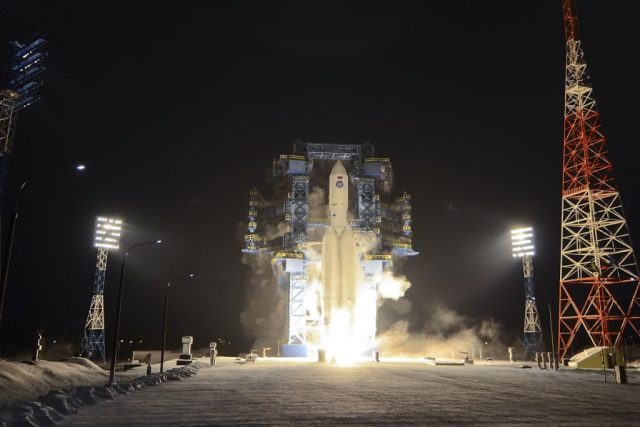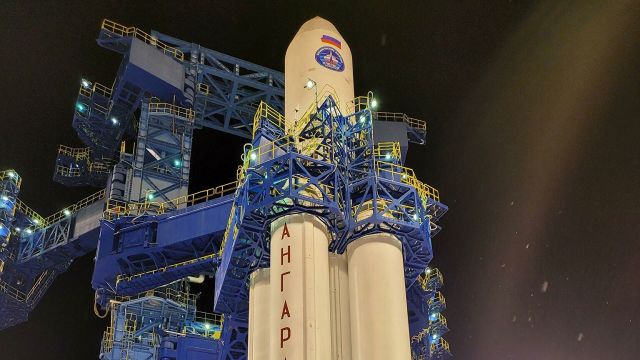Russia has started mass production of the first four Angara-A5 heavy-class launch vehicles ordered by the Ministry of Defense. Earlier it became known that they should be delivered in 2022-2024.
The Khrunichev Center began production of the first serial Angara-A5 missiles: the carriers were ordered by the Ministry of Defense. The financing of the contracts " is carried out within the framework of the state contract <...> dated May 21, 2020 for the production of Angara-A5 launch vehicles < ... > < ... > (with factory numbers) 71757-71760 for the needs of the Ministry of Defense," the state procurement website reports. According to the general director of the Khrunichev Center, Alexey Borochko, the missiles will be delivered to the military in 2022-2024.
The previous year was a landmark for this rocket. Recall that on December 14, the carrier was first launched after a long break: the very first launch was held in 2014. The third launch of the "Angara-A5" can be performed in 2021, the fourth-in 2022. All of them will be elements of flight design tests. In 2023, the rocket wants to be used for flight design tests of a new generation spacecraft, known as the" Eagle "(formerly"Federation"). In the middle of the decade, "Angara-A5" of increased payload capacity should launch a spacecraft with a crew on board.

The second launch of the Angara-A5 heavy launch vehicle»
Image source: Ministry of Defense of the Russian Federation
The Angara family includes several missiles. This is a light carrier "Angara-1.2", medium "Angara-A3", as well as heavy "Angara-A5", "Angara-A5M" and "Angara-A5B". The latter will have the highest payload capacity: it is assumed that it will be able to bring up to 38 tons to LEO (low reference orbit). In the usual "Angara-A5", this figure is 24 tons.
Despite a number of critical comments (they, in particular, relate to the high cost of missiles), "Angara" is considered as one of the key elements of the Russian space program. As the head of the space agency Dmitry Rogozin said last year, Roscosmos wants to start exploring deep space with the help of assembled manned modules launched by a new rocket. The carrier's characteristics make it possible to " combine launches, assembling manned flight complexes in orbit."
The statement roughly coincided with the actual abandonment of the superheavy rocket "Yenisei» Questioner : at least in the form in which it existed before. However, this is probably not the end of the project: a source in the space industry recently reported that Russian engineers have identified a new look for a promising carrier. The concept is based on the RD — 182 engine.

